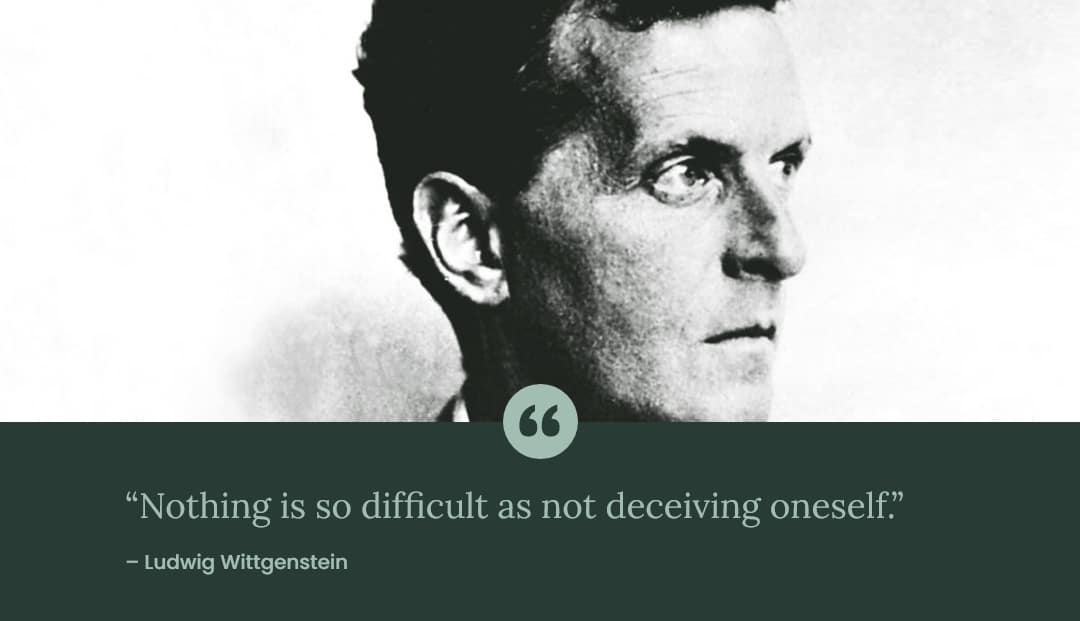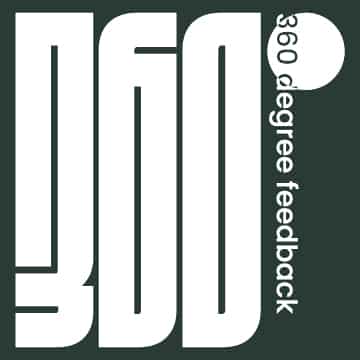Tidbits
Let’s continue with our theme of self-awareness:



Brilliant in the Basics
Today let’s unpack the Johari window. The Johari Window is a self-awareness model that helps individuals understand how their interactions are impacted by both their conscious and unconscious minds. It was developed by two psychologists, Joseph Luft and Harrington Ingham. They named their model by combining their first names.
This is what the model looks like, and the 2X2 describes the extent to which our behaviors, thoughts, feelings, emotions, expressions, and impressions, etc., are known to us and others in the outside world.
Luft and Ingham’s model helps us realize that we bear the most risk when dealing with the unknown, and the worst variant is risk that we don’t appreciate and neither does anyone else. A good example of this type of risk is the recent COVID-19 pandemic. This is represented by the box titled “unknown.”
The other variety of unknown risk, however, we can manage. It’s the risk that is known to others but not to us – our “blind spots.” All we must do to solve this challenge is to ask others for their feedback.
But that’s the rub! No one really likes feedback. So, tip #1 for today is that you can help others understand why feedback is helpful by showing them the Johari window and then asking how comfortable they are in assuming unknown risk that can be remedied so simply?
As for our second tip, how often do we ask others for meaningful feedback? We may ask them for advice and counsel, but how often do we truly ask them to help us see things we cannot see ourselves? Next time you ask for help, don’t just ask for their “thoughts” or “comments.” Instead, ask a trusted mentor, a friend, or your supervisor the following questions: “What is it like working with me?” and “What are some of my blind spots?”
Try it! You’ll be surprised what you might learn.
What You Might Have Missed From DecisionWise
- Are your non-verbal communication patterns sending the wrong messages? Learn more with the most recent Brilliant in the Basics Video
- Learn how 360 Degree Feedback for Executives Improves Leadership in the recording of the most recent webinar
- Feedback is So Much More Than Constructive Criticism or General Praise, and it’s important to know the difference
- Want to know more about how to roll out 360 Degree Feedback, check out this LinkedIn article
- Learn to lead authentically and effectively with these suggestions
Featured Discussion
Where we are headquartered, there is a story (probably more myth than truth) about a CEO who once received some 360 Degree Feedback that went poorly. Apparently, the CEO did not appreciate the feedback he received, and so he banned 360s from ever being used again in his organization.
I am convinced, however, there is more to this story, and some nuances give us additional context. First, it appears the CEO was not completely aware of how the process would unfold and what would be happening to him and his team. Second, he was simply given a report without context or coaching. When you consider these additional facts, the story becomes more relatable and, unfortunately, similar to what we find in many other organizations.
Whether apocryphal or not, our introductory story is a good reminder for HR and talent professionals to be careful when designing and conducting a 360 Degree Feedback program for executive teams. Today’s featured discussion will continue this month’s focus on 360 Degree Feedback for Executives by explaining how feedback for executives is different – and what HR and Talent professionals can do to improve the process.
A simple matrix is a helpful way to organize our thoughts:
Finally, there are few other items to consider in designing an executive-level 360 program. Do not send reports more than 24 hours before a coaching session. Participants needs just enough time to be familiar, but not enough that they are swirling in negative emotions. Also, as noted, use external coaches to conduct the 360 debrief sessions and to build trust in the process.
Encourage executives to thank their raters and to share what they learned. This act of thanking and sharing will model for the rest of the organization a healthy culture of feedback. Finally, help executives see that the report is the beginning and not the end, and let them know that in a few years the process will start again.
What’s Happening at DecisionWise
We invite you to join the LinkedIn groups we moderate. We know you will find value from the many contributors.
ON-DEMAND WEBINAR
Join Matt and Christian as they discuss how to effectively use employee data to make better decisions at your organization. This is one you don’t want to miss!
HR News Roundup
Here are some of the top EX/HR articles from the last few weeks:
- Employees Around the Globe Feel Lonely, Crave a Sense of Belonging
- (SHRM)
- Present company included: Prioritizing mental health and well-being for all (McKinsey)
- UPMC Recognized for Excellence in Leadership Development (UPMC)
- Employee experience of hybrid work depends on gender (HR Magazine)
- Where AI Can — and Can’t — Help Talent Management (HBR)
- What the explosion of non-routine work means for HR (HR Executive- Bersin)
- 5 coaching questions that will help grow and retain employees (CLO)
- 14 Ways To Boost Your Work Culture And Engage Your Employees (Forbes)
- Belonging, engagement levels plummet, but remote work may not be to blame (HR Dive)
- The Recipe For Creating An Engaged Workforce (Forbes)











